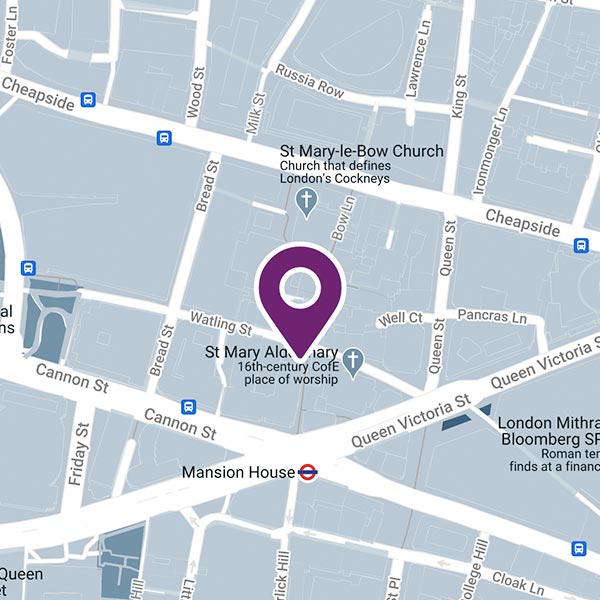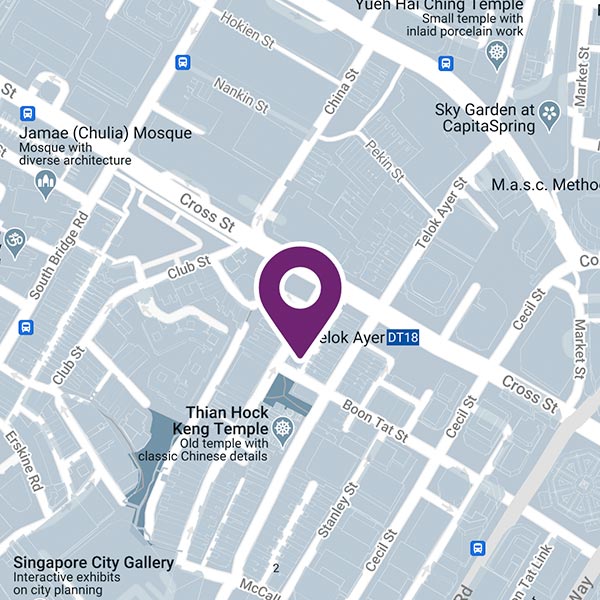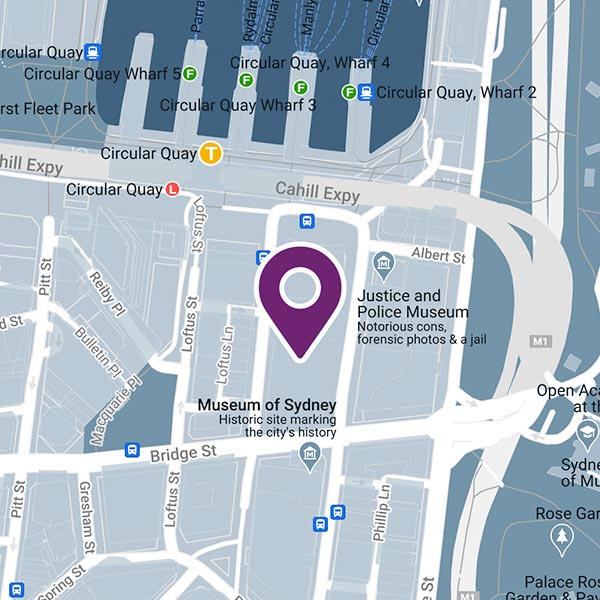In times of uncertainty, such as economic downturns, natural disasters, or global pandemics, insurance leaders face unique challenges in managing their stakeholders. The ability to effectively communicate, address concerns, and build trust becomes critical for maintaining relationships and ensuring the long-term success of the organisation. In this article, we will explore the strategies that the best insurance leaders employ to manage internal and external stakeholders during uncertain times.
Establishing clear communication lines with stakeholders
One of the first steps in managing stakeholders during uncertain times is to establish clear lines of communication. This involves regular updates and timely dissemination of information regarding the organisation's plans, policies, and any changes that may affect stakeholders. Leaders should proactively reach out to stakeholders through various channels such as emails, newsletters, or even virtual town hall meetings, to keep them informed and address any queries or concerns they may have.
Leaders should ensure that their communication is transparent, accurate, and consistent. By providing stakeholders with a clear understanding of the organisation's goals, challenges, and strategies, leaders can build trust and foster a sense of collaboration. Honest communication is particularly crucial during uncertain times, as stakeholders may be anxious and seeking reassurance.
To establish effective communication lines with stakeholders, it is important for leaders to understand their diverse needs and preferences. Different stakeholders may have different communication preferences, and it is essential to cater to these preferences to ensure that the information reaches them in a timely and efficient manner. Some stakeholders may prefer receiving information through email updates, while others may prefer attending virtual town hall meetings where they can directly interact with the leaders and ask questions.
Moreover, it is not enough to simply provide stakeholders with information. Leaders should also actively seek feedback and input from stakeholders, creating a two-way communication process. This allows stakeholders to feel valued and heard, and it also provides leaders with valuable insights and perspectives that can help shape their decision-making process. By actively engaging with stakeholders and involving them in the communication process, leaders can foster a sense of ownership and shared responsibility.
Additionally, leaders should consider the use of visual aids and storytelling techniques to enhance their communication with stakeholders. Visual aids such as charts, graphs, and infographics can help simplify complex information and make it easier for stakeholders to understand. Storytelling techniques, on the other hand, can be used to create a narrative that resonates with stakeholders and helps them connect emotionally with the organisation's goals and challenges.
Developing mutual understanding and trust
Managing stakeholders effectively requires insurance leaders to develop mutual understanding and trust. By actively listening to stakeholders' concerns and perspectives, leaders can gain valuable insights and identify common ground. This can be achieved through one-on-one meetings, focus groups, or surveys, where stakeholders are provided with a platform to express their thoughts and feelings.
Engaging stakeholders in meaningful conversations allows leaders to address their needs and expectations better. Moreover, leaders should also be receptive to feedback and be willing to make necessary changes based on stakeholders' input.
One effective way to develop mutual understanding and trust is by organising regular town hall meetings with stakeholders. These meetings provide an opportunity for leaders to communicate organisational updates, address concerns, and gather feedback in a transparent and inclusive manner. By involving stakeholders in the decision-making process, leaders can ensure that their perspectives are considered and that they feel valued and heard.
Additionally, leaders can establish advisory boards or committees comprising representatives from various stakeholder groups. These boards can serve as a platform for ongoing dialogue and collaboration, allowing stakeholders to contribute their expertise and insights to shape the organisation's strategies and policies. This collaborative approach not only builds trust but also fosters a sense of shared ownership and responsibility among stakeholders.
Another important aspect of developing mutual understanding and trust is the effective communication of the organisation's mission, values, and goals. Leaders should consistently and clearly articulate these elements to stakeholders, ensuring that they are aligned with their expectations and aspirations. This helps stakeholders to develop a sense of purpose and belonging, reinforcing their trust in the organisation's leadership.
Furthermore, leaders can establish feedback mechanisms such as suggestion boxes, online forums, or dedicated email addresses to encourage stakeholders to provide their input and suggestions. By actively seeking and valuing stakeholders' opinions, leaders demonstrate their commitment to continuous improvement and collaboration. This open and transparent approach not only helps in identifying potential issues and concerns but also strengthens the bond between leaders and stakeholders.
Taking proactive steps to identify and address concerns
During uncertain times, stakeholders may have specific concerns or fears about the organisation's stability or their own well-being. The best insurance leaders proactively identify these concerns and take appropriate steps to address them. This can be done by creating dedicated channels for stakeholders to voice their concerns, such as a helpline or an online portal.
By promptly addressing these concerns and providing relevant information or support, leaders can alleviate anxiety and build confidence among stakeholders. This may involve sharing updates on the organisation's financial stability, introducing new policies or initiatives to protect stakeholders' interests, or even offering additional resources or benefits. These proactive measures demonstrate leaders' commitment to stakeholder welfare and contribute to maintaining a positive relationship even during uncertain times.
Utilising strategic planning for long-term success
Uncertain times call for a strategic approach to stakeholder management. The best insurance leaders take a long-term perspective by developing a comprehensive strategic plan. This plan outlines the organisation's goals, strategies, and contingencies to ensure stability and growth.
Strategic planning involves analysing potential risks and identifying mitigation strategies to address them. Insurance leaders should assess the organisation's capabilities and resources to optimise stakeholder outcomes. By incorporating stakeholder perspectives into the strategic planning process, leaders can align the organisation's objectives with stakeholder needs and priorities.
Exploring different alternatives and solutions
During uncertain times, insurance leaders may encounter unexpected challenges that require innovative solutions. The ability to think outside the box and explore different alternatives is essential for effective stakeholder management. Leaders should encourage creativity and diverse perspectives among their teams.
Analyse the situation from various angles and brainstorm potential solutions. This may involve exploring new business models, developing alternative products or services, or finding innovative ways to deliver value to stakeholders. By embracing change and considering different possibilities, leaders can navigate uncertainty more effectively and ensure the continued satisfaction of stakeholders.
Leveraging technology to enhance transparency
Technology plays a vital role in stakeholder management, especially during uncertain times. Leaders should leverage digital tools and platforms to enhance transparency and facilitate effective communication. For example, leaders can use collaboration software to share updates and documents in real-time or utilise customer relationship management systems to track stakeholders' interactions and preferences.
Implementing user-friendly digital interfaces enables stakeholders to access relevant information and engage with the organisation conveniently. Additionally, technologies such as data analytics can help leaders gain insights into stakeholder behaviour and preferences, allowing for more personalised and targeted communication and services.
Being flexible and adaptable to change
Uncertain times often necessitate swift and agile decision-making. Insurance leaders must be flexible and adaptable to effectively manage stakeholders during such periods. This includes being open to new ideas, embracing change, and encouraging their teams to do the same.
Leaders should continuously evaluate the organisation's strategies and make necessary adjustments based on the evolving needs of stakeholders and the external environment. This may involve adapting processes to accommodate remote work, revising service offerings, or reallocating resources as circumstances change. By staying agile, leaders can effectively meet stakeholder expectations and maintain their trust even in uncertain times.
Offering support and resources to stakeholders
The best insurance leaders understand that support goes beyond business transactions. During uncertain times, leaders should proactively offer support and resources to help stakeholders navigate challenges. This can include providing informational resources, organising webinars, or training sessions, or connecting stakeholders with relevant experts or service providers.
Leaders should also communicate the available support options clearly and guide stakeholders on how to access them. Showing empathy and genuine concern for stakeholders' well-being reinforces the organisation's commitment to their success and strengthens the relationship.
Empowering stakeholders to make informed decisions
In uncertain times, stakeholders may feel overwhelmed by the number of decisions they have to make. The best insurance leaders empower stakeholders by providing them with the necessary information, tools, and resources to make informed decisions. This involves simplifying complex concepts, explaining available options, and offering guidance.
Leaders can utilise interactive decision-making tools, offer personalised recommendations, or provide educational materials to improve stakeholder understanding. By empowering stakeholders, leaders not only enhance their decision-making capabilities but also foster a sense of trust and confidence in the organisation's ability to support them.
Creating an environment for open and honest discourse
Lastly, the best insurance leaders create an environment that encourages open and honest discourse. They value stakeholders' opinions and ideas and actively seek feedback. By establishing a culture of open communication, leaders can proactively address issues, identify areas for improvement, and ensure stakeholder needs are met.
Leaders should actively listen to feedback, address concerns, and communicate the actions taken to correct any shortcomings. Moreover, leaders should celebrate successes and acknowledge the contributions of stakeholders, fostering a sense of appreciation and camaraderie.
In conclusion, managing stakeholders during uncertain times requires insurance leaders to establish clear communication lines, develop mutual understanding and trust, take proactive steps to identify and address concerns, and utilise strategic planning. Leaders should explore different alternatives, leverage technology to enhance transparency, and be flexible and adaptable. By implementing these strategies, insurance leaders can effectively navigate uncertainties and maintain strong relationships with their stakeholders.












